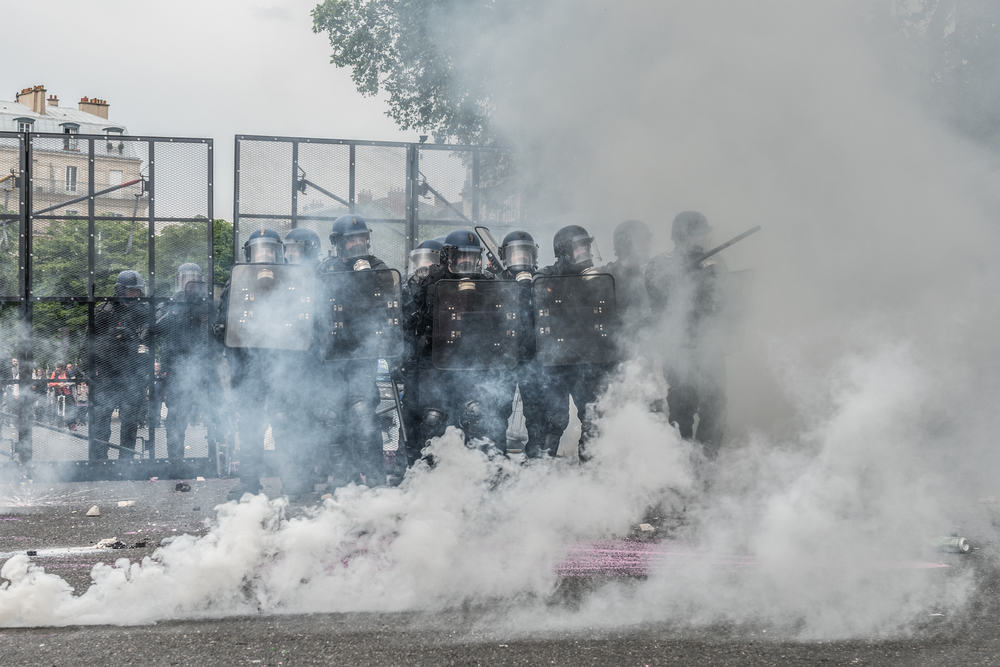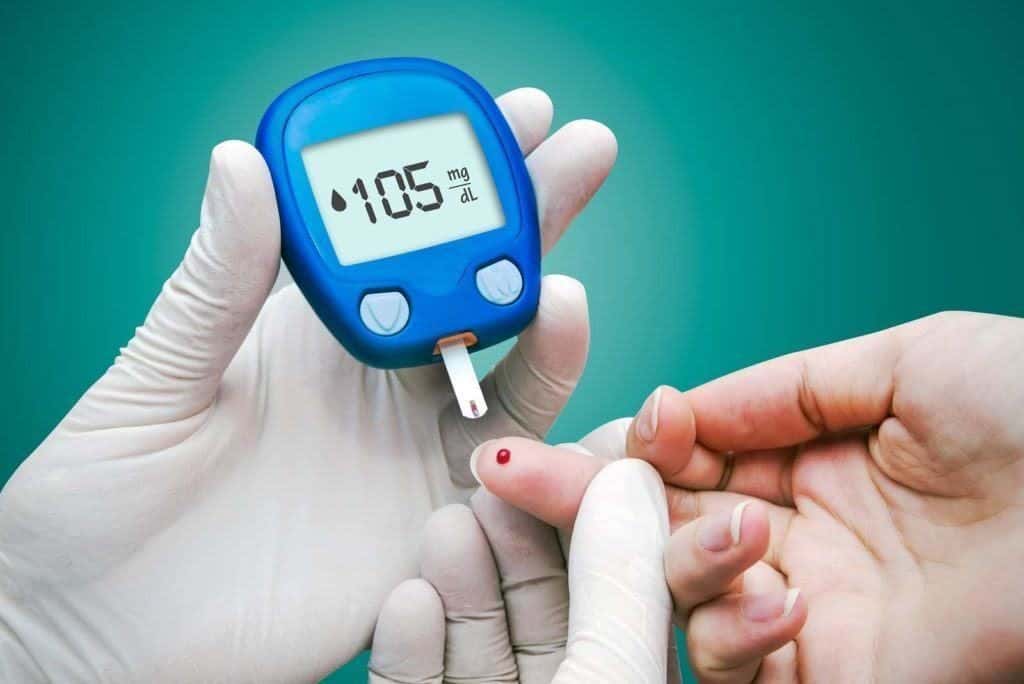Contents:
- Medical Video: Top 10 HORRIFYING Acts of Chemical Warfare and Gas Attacks [WARNING: Graphic Content]
Medical Video: Top 10 HORRIFYING Acts of Chemical Warfare and Gas Attacks [WARNING: Graphic Content]
More than 80 people were killed (20 of them children) died and many more were injured in the alleged attack of sarin chemical gas in the north-west region of Syria in April 2017. Sarin is a man-made nerve agent that causes unbearable stinging pain.
What is sarin, what happens if the body is exposed to large amounts of sarin gas, and what is the handling of the emergency - if you are stuck in the same situation one day?
Is that sarin?
Sarin is a man-made chemical warfare that is classified as a nerve agent. Neural agents are agents of the most toxic and rapid symptoms of chemical weapons in just seconds.
Sarin is almost impossible to detect until it's too late. We don't even know it's there until our bodies react. This is because sarin is a colorless liquid, and has no odor and taste that can be described. However, sarin can evaporate quickly into steam (gas) and spread to the environment.
Sarin was used in two terrorist attacks in Japan in 1994 and 1995, and was later used again in terrorist attacks in the city of Damascus in 2013. Though these chemicals were not originally intended as weapons.
A German chemist, Gerhard Schrader, in 1937 only intended to develop sarin as an insecticide. By Nazi scientists, sarin was later developed into a weapon of nerve gas warfare after knowing the potential for terrible effects on the human body.
How does sarin work to attack the body?
When used as a weapon, sarin is usually fired through rockets or bullets which then break and spray the liquid as an aerosol gas - millions of tiny droplets that are soft enough to be inhaled or shower the skin and eyes. Imagine mosquito spray, or when you spray perfume. Sarin will then evaporate into gas which mixes with the surrounding air.
Sarin is easy to mix with water. After sarin is mixed into the water, people can be exposed to touching or drinking water containing sarin. They can also be exposed to sarin from foods that have been contaminated with sarin. A person's clothes can release sarin after coming into contact with sarin vapor, which can cause the spread of exposure to other people.
Our nerves talk to each other by releasing chemicals called neurotransmitters. Nerve agents such as sarin work to change the function of these neurotransmitters. Once inside the body, sarin interferes with an enzyme called acetylcholinesterase, a neurotransmitter that functions as the body's "switch" to work the nerves controlling the glands and muscles. Without the "switch off", the glands and muscles continue to be stimulated brutally, telling them to do things they normally do, but with a changing frequency. As a result, the body will work like a broken cassette - continuing to do the same instructions repeatedly.
Within a few seconds of exposure to sarin, the control of smooth muscle will then be inhibited. Plain muscle is tissue that ensures organs such as the stomach, intestines and bladder work effectively. As a result, there will be excessive tear production, followed by uncontrolled saliva, urine, feces, and vomiting. Vision also blurs and breathing becomes very limited because the chest feels tight.
If someone has been exposed to deadly amounts of sarin, the body will begin to experience severe seizures and then become paralyzed. Some victims described it as a bag of worms writhing under the skin. You get a lot of small movements of all the muscles in your body. Then, after one or two minutes, your muscles are paralyzed, and you cannot operate the muscles needed to breathe.
Signs and symptoms directly from exposure to sarin during chemical gas attacks
The first symptoms include confusion, drowsiness and headache; watery eyes, painful eyes, blurred vision, small pupils; coughing, drooling, runny nose, rapid breathing, chest tightness; the victim described sarin gas as "a knife made of fire" which tore their lungs; excessive sweating, twitching at the location of the body affected by exposure; nausea, vomiting, abdominal pain, increased urination, diarrhea; to body weakness, blood pressure and abnormal heart rate.
Exposure to lethal doses can cause severe seizures to continue, loss of consciousness to coma, total paralysis, and failure to breathe.
How to handle emergencies to deal with chemical gas attacks
After inhaling a lethal dose, it takes as little as 60 seconds for the victim to die. Large-scale chemical attacks can kill within 10 minutes. Sarin does not always kill, but the victim can suffer severely until the effect disappears.
The CDC recommends leaving the area where sarin gas is present and looking for fresh air. They also recommend taking refuge to higher ground, because sarin gas sinks down. The CDC also said that victims of sarin chemical gas attacks must:
- Take off the clothes quickly, tear if necessary.
- To protect from further exposure, place contaminated clothing in a bag, then seal it in another bag as soon as possible.
- Wash the whole body with plenty of soap and water
- Flush eyes for 10-15 minutes if vision blurs
- If swallowed, do not force vomiting or drink fluids
Rinsing the victim's body exposed to high doses of sarin with running water can help the poison decay that sticks to the skin. Giving breathing assistance with oxygen can reduce breathing difficulties, but this method cannot stop the effects of sarin or reverse the damage it causes to the nerves. You should immediately get medical help.
The main treatment is an injection with a chemical antidote called atropine or pralidoxime. Both work inhibit the effect of sarin on the nervous system and can revive victims of near-dead chemical gas attacks. Both atropine and pralidoxime must be given to the victim within 10 minutes after the first exposure for the antidote effect to work effectively.












